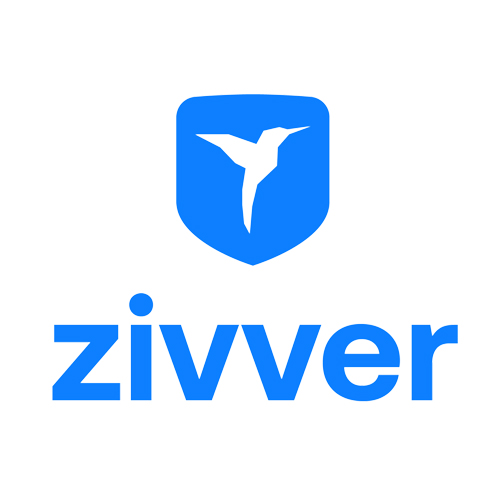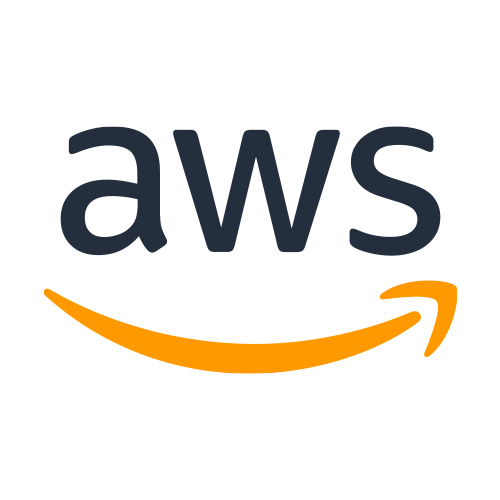The startup world has changed—again. As we cruise through 2025, one thing is crystal clear: remote work is here to stay. But with that shift comes a wave of new challenges and, thankfully, some exciting IT trends designed to tackle them head-on.
From smarter collaboration to bulletproof security, the tech landscape is adapting fast to meet the needs of remote startups. And if you’re building a team from coffee shops, co-working spaces, or kitchen counters across the globe, staying ahead of the curve isn’t just smart—it’s necessary.
Let’s unpack the five hottest IT trends every remote startup should keep on their radar in 2025.
AI-Powered Productivity Tools Are Taking Over
Artificial intelligence has gone from buzzword to business essential. In 2025, AI isn’t just about chatbots or fancy analytics—it’s powering everyday tools to help remote teams move faster, stay focused, and waste less time on repetitive tasks.
From AI writing assistants to automated scheduling and smart project management, these tools are redefining how teams collaborate. They’re cutting down on meeting overload, predicting workloads, and even helping teams prioritize better. For lean startups, this boost in productivity means doing more with less—and doing it smarter.
Cybersecurity Moves Front and Center
As more startups ditch the traditional office, security becomes a major concern. Remote work setups mean multiple devices, different networks, and more risk. And cybercriminals know it. In response, startups are doubling down on cybersecurity in 2025.
This year, we’re seeing widespread adoption of zero-trust security models, encrypted communication platforms, and stronger endpoint protection. Even small teams are investing in regular threat monitoring and employee training. Because when you’re remote, your team is your first line of defense.
Building secure habits and systems early keeps customer data safe, avoids costly breaches, and boosts your reputation in a competitive market.
Cloud-Native Everything Is the New Normal
Forget storing files on a local server. In 2025, remote startups are going all-in on cloud-native tools. These aren’t just cloud-hosted—they’re built from the ground up for flexibility, scalability, and access from anywhere.
Whether it’s cloud-based CRMs, storage, design platforms, or development environments, cloud-native apps are keeping teams agile. They offer seamless collaboration, faster deployment times, and easier scaling when your team or user base grows. It’s the foundation that lets remote startups compete with the big players—without the overhead.
And the best part? You can manage, secure, and upgrade everything without stepping foot in a physical office.
Unified Collaboration Platforms Are Streamlining Work
Juggling a dozen different tools can turn productive work into digital chaos. That’s why one of the biggest trends this year is the rise of unified collaboration platforms. These are all-in-one systems that combine chat, video, task management, file sharing, and workflow automation in one place.
In 2025, startups are ditching fragmented apps and choosing platforms that create smooth, centralized workflows. With better integrations and fewer logins, teams save time and keep everything organized—even across time zones.
The more seamless your digital workspace is, the more time your team can spend building, solving, and scaling instead of hunting down info or switching tabs all day.
Remote Onboarding and IT Support Are Smarter Than Ever
Hiring remote talent used to be tough. Getting new team members up to speed when they’re miles away came with tech headaches and delays. But not anymore. In 2025, remote onboarding and IT support have leveled up, and startups are reaping the benefits.
From cloud-based device provisioning to virtual onboarding portals and 24/7 remote tech support, the experience is faster and smoother. Teams can spin up new laptops, configure accounts, and walk through training materials—all online and without hiccups.
That kind of efficiency not only makes your team more confident, but it also sets the tone for a professional, well-run remote culture.
Staying Ahead in a Remote-First World
These five trends aren’t just cool tech—they’re survival strategies. Remote startups face unique challenges, from time zone juggling to tech reliability and culture building. But with the right tools and mindset, those challenges can turn into superpowers.
The businesses that thrive in 2025 are the ones that embrace this evolution. They lean into new systems, keep their teams secure, and build tech stacks that don’t just support remote work—they’re built for it.
Whether you’re running a startup from your spare room or leading a remote team across continents, adopting these trends early gives you a major edge.
Conclusion
2025 is a big year for remote startups. With smarter tools, tighter security, and seamless collaboration, the remote-first model isn’t just viable—it’s the future. Staying ahead of these trends means staying ahead of the competition.
So, don’t wait until the next tech shake-up to modernize your IT setup. If you’re ready to future-proof your startup and grow with confidence, head over to Freshstance for expert guidance and smart IT solutions designed for teams like yours.
FAQs
Why are IT trends important for remote startups in 2025?
Because the right trends improve efficiency, security, and collaboration—essential for growth and survival in a remote-first world.
Is AI really useful for small remote teams?
Yes, AI tools automate routine tasks, improve planning, and streamline workflows—making a big difference for lean teams.
How do unified platforms help remote startups?
They reduce tool overload, centralize communication, and make collaboration easier—especially when teams are spread out.
What is zero-trust security?
It’s a cybersecurity approach where nothing is trusted by default—even inside the network. It’s essential for remote teams using cloud tools.
Why go cloud-native instead of just cloud-based?
Cloud-native apps are optimized for performance, scale, and remote access, offering smoother experiences than older cloud-hosted systems.
Can startups afford these new IT trends?
Most modern IT tools are subscription-based and scalable, making them accessible even for small or early-stage startups.
What’s changed in remote onboarding in 2025?
It’s now faster, smoother, and more automated thanks to cloud provisioning, onboarding platforms, and better IT support.
Do remote teams still need IT support?
Definitely. Even cloud tools and remote setups need maintenance, troubleshooting, and security oversight.
How can startups stay secure remotely?
Use 2FA, strong endpoint protection, encrypted tools, and train staff to recognize phishing and other scams.
Are these IT trends only for tech startups?
Not at all. Any remote-first business—from design agencies to consultancies—can benefit from smarter IT practices.






